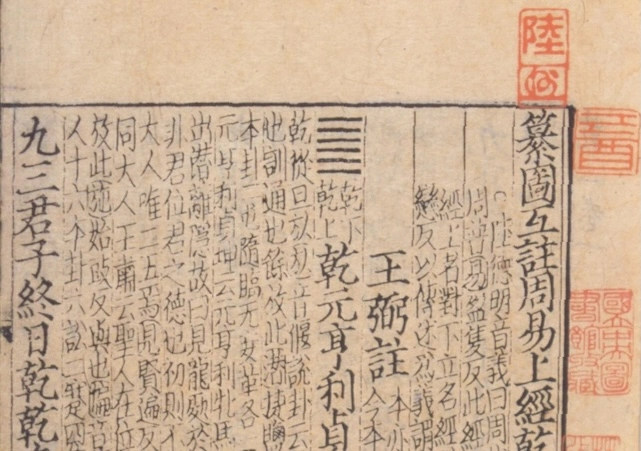The I Ching Book of Changes: the Great Wisdom of Ancient China
When it comes to the I Ching, or the Book of Changes, many people first think of it as an ancient treatise on divination. However, although this perception has historical grounds, it greatly simplifies the true greatness of this book. The I Ching is not the oldest, but it is undoubtedly the most revered book in China’s vast philosophical library. It is much more than just a collection of prophecies; it is a fundamental source of wisdom that has had a tremendous influence on the entire spiritual culture of ancient China.
Initially, the I Ching did indeed serve as a divination system, representing “the fruit of centuries of accumulated experience in observing the variability of the world.” However, over time, the book went beyond its exclusively mantic function, becoming a profound philosophical text. The great Confucius, in his old age, admitted that if he had been granted another fifty years, he would have spent them studying the “Canon of Change,” which would have allowed him to avoid many mistakes in life. This testifies to the enormous importance attached to this book even by such luminaries of thought.
The Book of Changes

The Book of Changes ranks first among the classical books of Confucianism and in bibliographic reviews of Chinese literature. Its significance in the development of Chinese spiritual culture is enormous. It has influenced a wide variety of fields, including philosophy, mathematics, politics, strategy, as well as the theory of painting and music, and art itself. From the famous plot of the ancient painting “Eight Horses” to the incantatory inscription on a coin-amulet or the ornament on a modern ashtray, its influence can be traced everywhere.
At the heart of the I Ching lies a central idea—the idea of the changeability of the world. The universal process is understood as a succession of situations arising from the interaction and struggle of fundamental forces — Yang (light, tension) and Yin (darkness, pliability). These forces, their interaction and struggle, give rise to all world processes and life situations. The 64 hexagrams, consisting of six lines (Yang or Yin), symbolically express these situations and stages of their development. Thus, the I Ching can be seen as an “epic of the interaction of light and darkness,” a wise guide on the path to perfection.
I Ching
Despite its profound significance, the Book of Changes has always enjoyed a reputation as a dark and mysterious text. Its concepts are expressed not in precise terms, but in images and metaphors, which makes its understanding “almost insurmountable” for the modern reader. However, this is precisely what requires the reader’s active attention and deep reflection, allowing everyone to “find what they need most at the moment: wise thoughts about the harmonious grandeur and changeability of the world or advice on how to correctly correlate their actions with the movement of world forces.”
Thus, the I Ching is not just a set of divination formulas, but a universal source of wisdom, a philosophical treatise on the movement of the fundamental forces of the universe, and a guide for those who seek harmony with world achievement.
The I Ching divination and meditation are available with our iTao App on AppStore, Google Play and Web.
